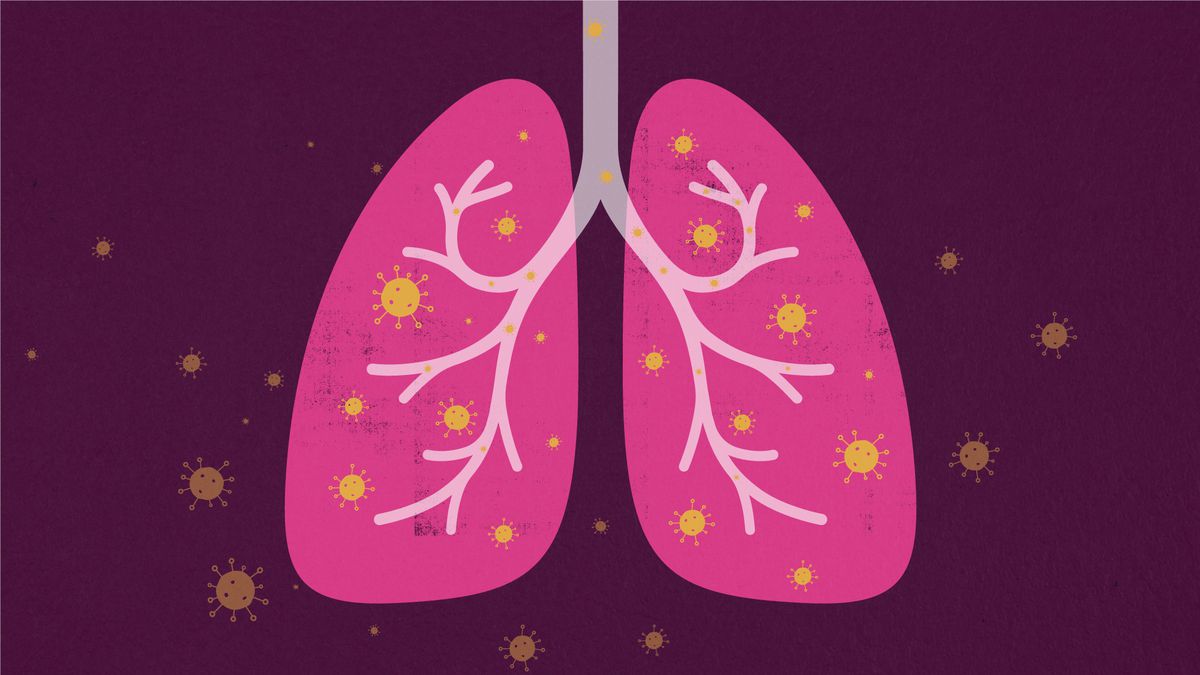Research On Long-Term Effects On Covid 19 Begin As Cases Surge

The U.S. death toll from the coronavirus pandemic has topped 156,000 as the number of people hospitalized with COVID-19 soared in July by nearly 50%. There are now over 5 million confirmed cases in the US with California, Florida and Texas each reaching over 500,000 confirmed cases, nearly double the cases reported in New York City, the former leading epicenter of the pandemic in the US. Nearly half of the US confirmed cases have recovered.
The Centers for Disease Control and Prevention (CDC) said that a significant number of COVID-19 patients do not recover quickly, and instead experience ongoing symptoms, such as fatigue and cough. Eight months into the global pandemic, we’re still measuring its effects only in deaths. Non-hospitalized cases are termed ‘mild’ and are largely not followed up. Recovery is implied by discharge from hospital or testing negative for the virus so ongoing ill health in those classed as ‘recovered’ is going largely unmeasured as the focused has mainly been on slowing the infection rate.
Research that follows COVID patients after discharge from hospital is starting but there is still a gap in quantifying and characterizing COVID-related illness in those not hospitalized. The few studies on those who have recovered indicate that previously healthy people with persistent symptoms such as chest heaviness, breathlessness, muscle pains, palpitations and fatigue, which prevent them from resuming work or physical or caring activities, are still classed under the umbrella of ‘mild COVID’. As many as a third of patients who were never sick enough to be hospitalized are not back to their usual health up to three weeks after their diagnosis. Many with long-term symptoms are otherwise young and healthy. Among those surveyed between ages 18 and 34, about 20 percent experienced lasting symptoms.
Among the patients who experienced lasting symptoms in a CDC report, 71 percent reported fatigue, 61 percent had lasting cough, and 61 percent reported ongoing headaches. Although clinicians and researchers have an idea of who is at increased risk of dying from COVID, we don’t know who is more likely to experience prolonged ill health following symptomatic, or even asymptomatic, infection. The CDC still states that preventative measures, such as physical distancing, face masks and frequent hand-washing, continue to be important to slow the spread of COVID-19. They warn that worldwide, millions of those still alive who got ill without being tested or hospitalized are simply not being counted.
The World Health Organization reports cases are now doubling every six weeks. The United States, Brazil, and the United Kingdom have been among the countries hardest hit by the pandemic. The global death toll from the coronavirus has surpassed 700,000, with nearly 19 million confirmed cases, as the pandemic continues to accelerate. During the month of July, more than 8 million people tested positive — almost as many as in the first six months of the pandemic combined. Nearly 12 million of those confirmed cases have recovered.
The top White House coronavirus adviser Deborah Birx has warned the country has entered a new phase in its fight against the pandemic. A new model by the Institute for Health Metrics and Evaluation suggests the U.S. coronavirus death toll is on pace to reach nearly 300,000 by December. The institute projects 66,000 lives could be saved if 95% of people in the United States wear face coverings. The U.S. death toll currently stands at the highest total in the world.



Comments
Not found any comments yet.